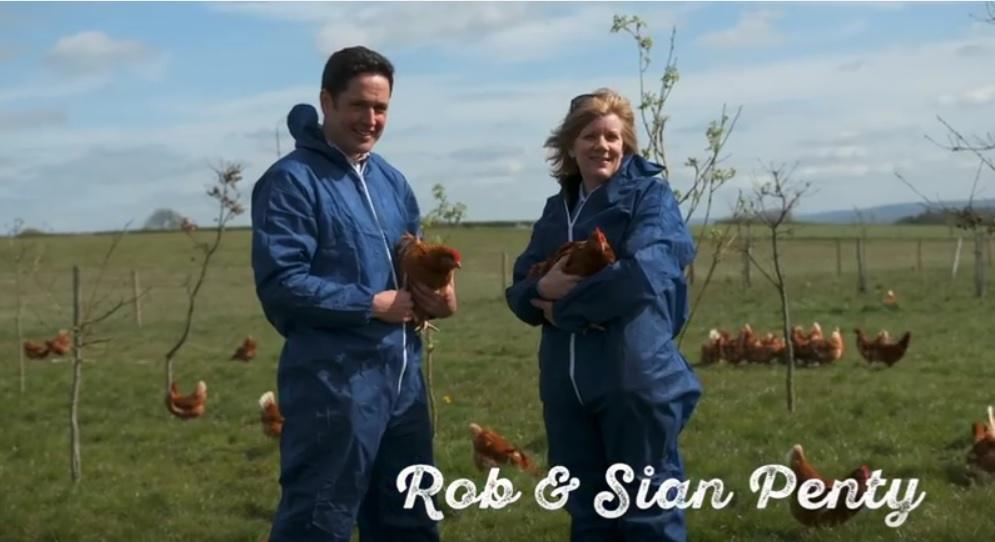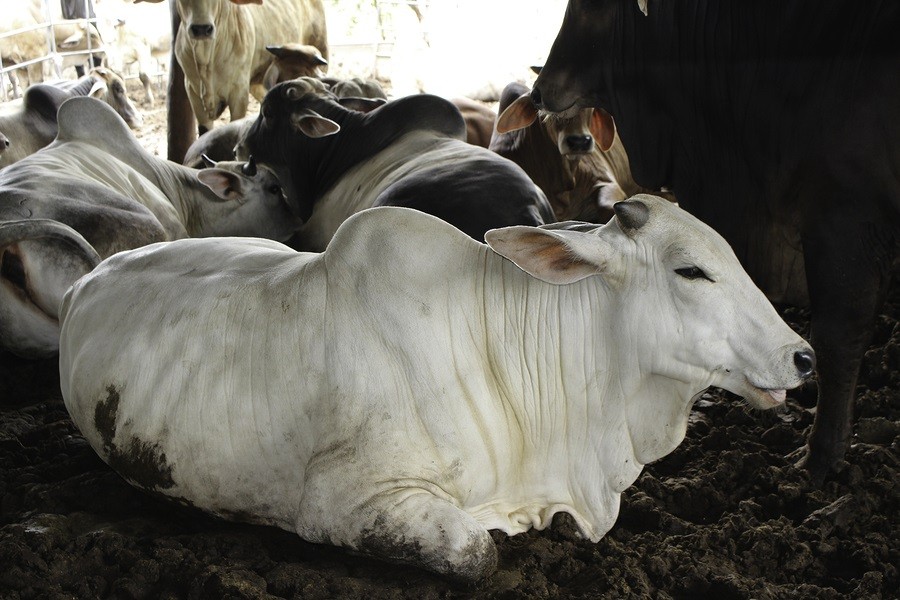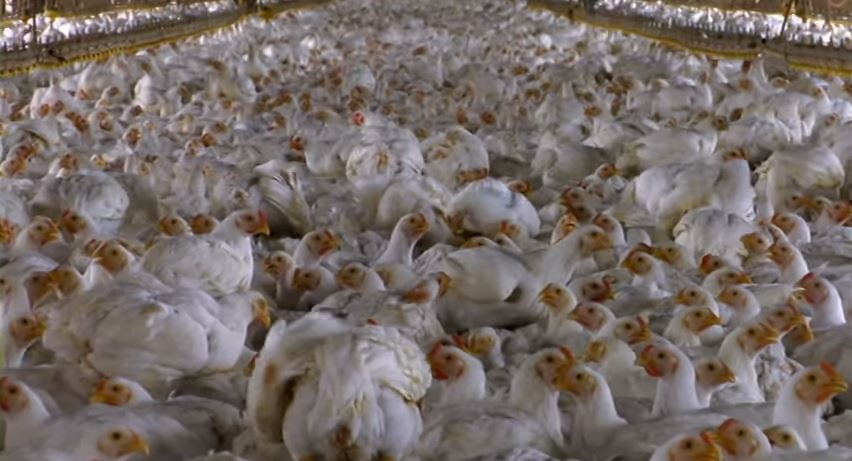The War Against Small Family Farms in the U.S.
Both the USDA and FDA seem to focus on protecting factory farming and all the industries that contribute to BigAg and Big Dairy from competition by smaller healthier operations. They do this by enforcing regulations meant for factory farms and CAFOs (Confined Animal Feeding Operations), which by their very vastness and economics need to be regulated since they are breeding grounds for disease. This holds true for foods that most urban shoppers take for granted, eggs and milk. Using the cover of "protecting human health," these agencies force operations to protect against foodborne pathogens that often don’t work or are not necessary with good farming practices. We, consumers, get less nutrition from those milk and egg products but Big Ag thrives. One way to continue "business as usual" is to prevent the rising demand for healthier milk and eggs that encourage small dairies and egg producers to have any market presence. We should have the right to choose and support better farming.








